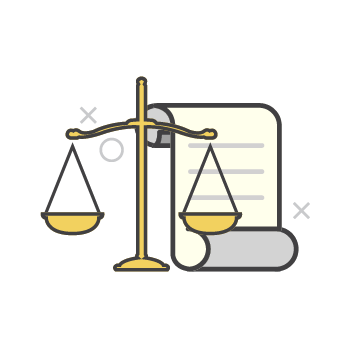How to Identify Anxiety Disorders and What You Can Do to Get Better
by Carolyn Lee May 15, 2023

May is Mental Health Awareness Month, and this year’s theme focuses on anxiety. Anxiety attacks may happen occasionally. However, people with anxiety disorders might have uncontrolled and persistent worry or fear about everyday situations.
People with an anxiety disorder may have several episodes of deep anxiety, terror or fear that builds to a peak within minutes (panic attacks). Anxiety disorders are a mental health condition that can make it difficult for some people to get through their day.
The different types of anxiety disorders
Anxiety disorders include separation anxiety disorder, generalised anxiety disorder, social anxiety disorder, substance-induced disorder, and specific phobias. Some people may experience more than one anxiety disorder.
Separation anxiety disorder: Children and adults can experience separation anxiety, resulting from feeling anxious when a loved one leaves or fear that something terrible might happen to them.
Generalised anxiety disorder: People with this disorder can feel unrealistic worry and tension about events or activities, including typical routines. Generalised anxiety often occurs with depression or other types of mental disorders.
Social anxiety disorder: Someone with this disorder might experience high anxiety levels and avoidance of social situations due to fear of embarrassment, self-consciousness, and worry about being judged.
Substance-induced disorder: The symptoms of this disorder include panic or intense anxiety resulting from taking medications, exposure to a toxic substance, misusing drugs, or drug withdrawal.
Specific phobias: This disorder results in intense fear of a situation or objects (heights, flying, etc.). Some phobias can cause panic attacks.
Some of the symptoms of anxiety disorder.
Anxiety symptoms can develop during childhood and can continue into adulthood. Feelings of nervousness, a rapid heartbeat, panic, fear, breathing rapidly (hyperventilating) and sweating are anxiety symptoms.
Risk factors to keep in mind.
Some things can make you more susceptible to developing an anxiety disorder. Risk factors include severe illness, trauma, childhood sexual abuse, a history of mental health disorder, low self-esteem, or substance abuse.
Diagnosis and treatment.
You should speak to your doctor if you are exhibiting anxiety disorder symptoms. Your doctor will conduct the requisite examination to determine the cause and prescribe a course of treatment or recommend that you see a psychologist, psychiatrist, or another mental health practitioner.
What can you do if diagnosed?
You can manage anxiety disorder symptoms by learning about your disorder, eating correctly and exercising regularly, avoiding alcohol and recreational drugs, following your treatment plan, and reducing caffeinated drinks and food. Adequate rest, journalling, managing negative thoughts and spending time with friends are helpful.
We hope these tips help. Please use our Find Yello listings for psychologists, doctors, psychiatrists, or related services.
Sources: Mayo Clinic, Cleveland Clinic, and WebMD.








